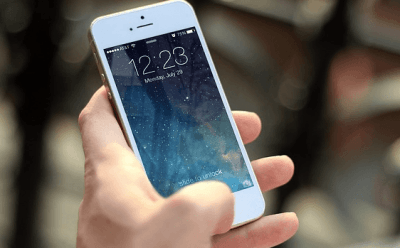Mobile phone users in the country who have been distressed over the menace of call drops finally have something to cheer about. Telecom regulator TRAI has ordered telecom companies to pay a compensation of Re 1 every time a caller is cut off mid-sentence. But there's a catch, phone users who have a knack for talking over their phones for hours are unlikely to be compensated if their calls fade away 120 seconds after they are patched through. Currently, a dropped call is defined as one that does not continue for at least 90 to 120 seconds after it is set up.

Announcing the compensation mechanism, the Telecom Regulatory Authority of India (TRAI) said the mobile operators will need to pay consumers Re 1 for every dropped call, subject to a maximum of three such calls in a day, with effect from January 1, 2016. Under new rules, the operator will have to send a message to the customer within four hours of a dropped call with details of the amount credited to his or her account. For post-paid customers, the details of the credit would need to be provided in the next bill.
The 'call drop' has been defined as "a voice call, which after being successfully established, is interrupted prior to its normal completion (and) the cause of early termination is within the network of the service provider". The compensation would need to be paid to the calling customer who initiates such a voice call, TRAI said. Disappointed with the new norms, the industry players said the new norms would result in a huge monetary outgo. COAI estimated that the regulation may force the industry to shell out about Rs 150 crore every day even if half of the consumers in the country face this problem.
The regulator has already laid down a quality of service benchmark for telecom companies that mandates that their call drop rate should be less than 2 per cent of all calls made over their networks. A fresh audit of the call drop situation in Delhi and Mumbai, re-emphasised that the situation was pretty bad. Telecom operators contend that the problem of call drops has arisen because telecom operators do not have enough spectrum. It is compounded by the fact that state governments and local authorities impose restrictions on establishing mobile towers. Coverage gaps also arise because residents in certain localities force telecom companies to take down mobile towers because of radiation fears reports The Telegraph.
"Call drops are rising in India because of overloaded spectrum networks. We have the lowest quantum of radiowaves available per million. The rollout of new efficient technology like 3G is patchy, so customers continue to use 2G for voice as well as data, thereby congesting networks further. Because of radiation norms, a limited number of cell towers can be placed within an area," said Hemant Joshi, partner at Deloitte Haskins & Sells.
India has about 5 lakh cell towers. In the past 18 months, only 16,000 towers have been added. Experts say the actual addition should have been at least 50,000-60,000 towers to support the growing number of connections in a country that has 978 million subscribers.















